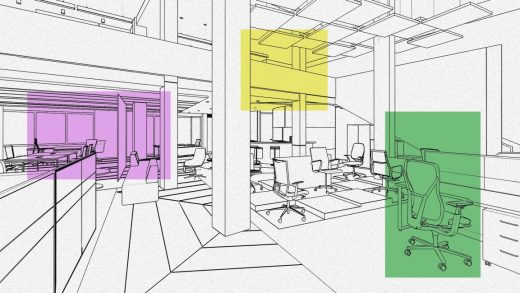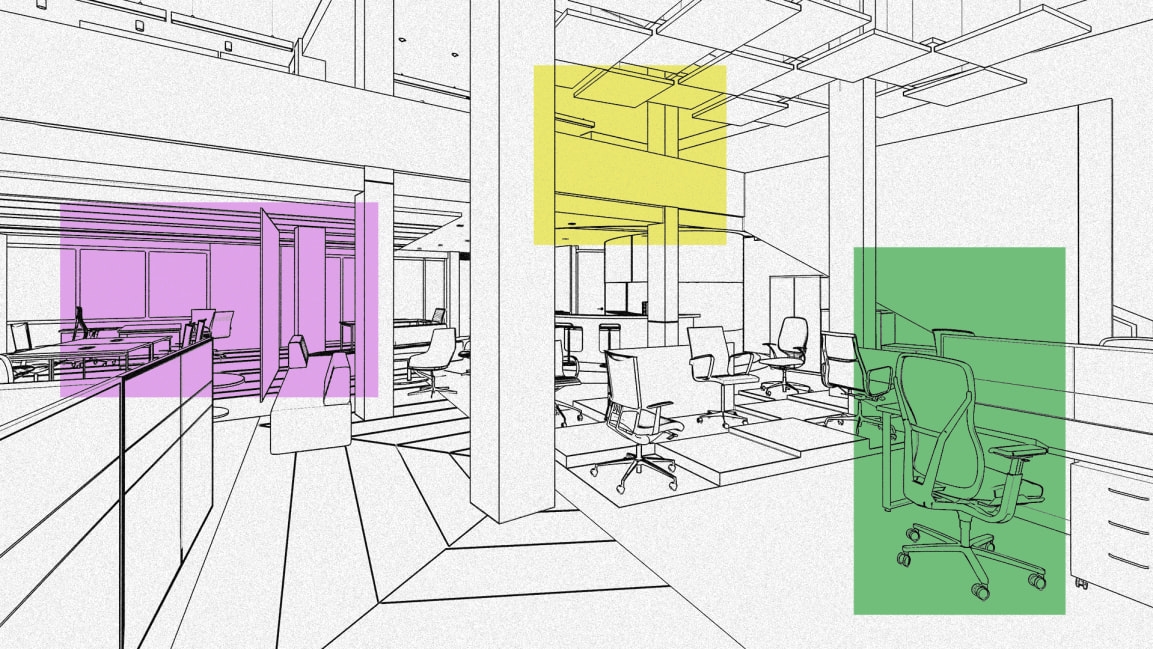To get workers back to the office, leaders need to create spaces for success
By Traci Palmer
Work is not a dedicated place anymore. It’s wherever people perform at their best. And as the pandemic has proven, that can be anywhere: at home, in the office, on the road, and countless places in between.
Research shows that nearly 70% of employees believe they are more focused and productive working from home. And more than 90% want to continue to do it going forward, at least part of the time.
Rather than mandating time in the office versus working remotely, give employees freedom and trust them to choose where and how they work based on the outcomes they need to achieve.
Tear down the walls
One of the most positive results of the pandemic’s forced remote work experiment is that it has leveled the playing field. In virtual meetings, everyone gets their own box on the screen and has an equal voice, which creates more inclusivity than in days past when the majority of employees were huddled around a conference table having sidebar conversations, eating lunch together, leaving remote workers feeling left out. Employees also have the same access to information and opportunities to contribute through their digital workspaces.
But as offices reopen, there is the potential to create a culture of haves and have nots and erode these gains. A recent survey showed that 38% of knowledge workers believe remote employees will be at a disadvantage for not working out of a central office location. To prevent this, focus on creating work-from-anywhere experiences that give employees the space and tools they need to succeed, wherever they happen to be.
Design with purpose
Physical offices aren’t going away. But they need an overhaul. Employees will come to the office for different reasons than they used to. After nearly two years of isolation, many are eager to meet with colleagues, customers, and partners face-to-face. Others just want to escape the distractions of working from home. Redesign spaces with this in mind and include open areas for collaboration along with quiet zones where individuals can focus. Meeting rooms equipped with technology to connect remote participants as if they were there are also a must.
Don’t require seeing to believe
Work can no longer be viewed in terms of time spent in the office and visibility to others. Managers need to trust employees to work from wherever they are most effective and evaluate them on their performance outcomes. There are plenty who think working from home means doing laundry and binging on Netflix between meetings. But according to research, 72% of employees say they work the same or more hours from home than they did when working in the office and that because they don’t have to commute and contend with chatty colleagues when they get to the office, they’re more productive and engaged.
Listen and learn
The work experience and employee expectations have forever changed and will continue to evolve as companies navigate their way through hybrid work. Few will get it right the first time. Or even the second or third. But those who keep an open mind and give employees the flexibility to match their work environment to the outcomes they need to deliver can create an open, inclusive environment in which every individual can succeed.
Traci Palmer is vice president of People and Organizational Capability at Citrix.
Fast Company , Read Full Story
(18)



